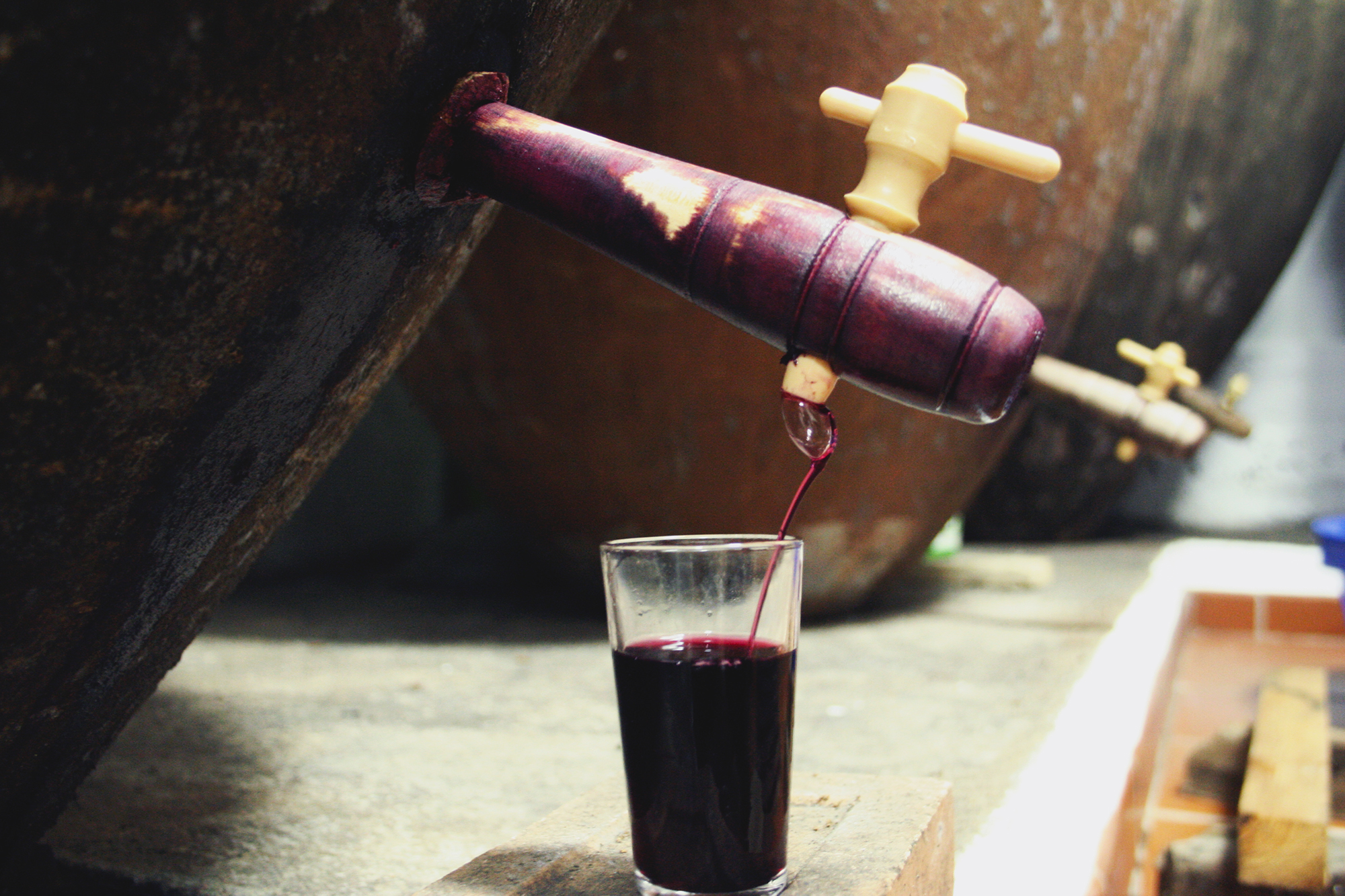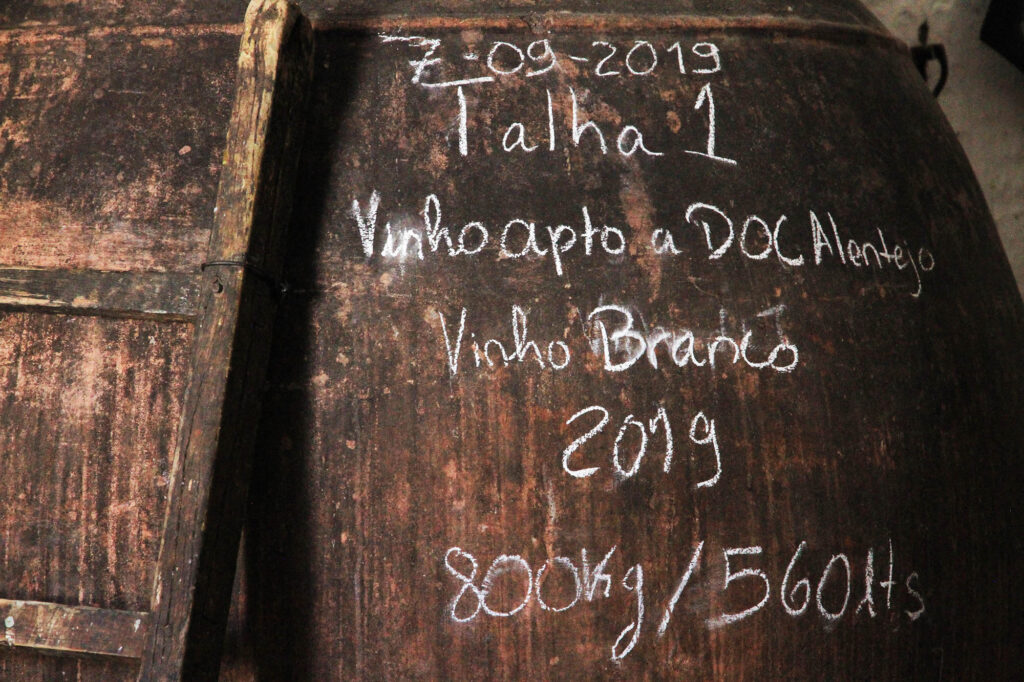The proposal to register Talha Wine production in the National Inventory of Intangible Cultural Heritage (INPCI) is now in the public consultation phase, announced the Regional Directorate of Culture of Alentejo (DRCAlentejo).
The Public Consultation process on the draft decision to inscribe “Produção de Vinho de Talha” in the National Inventory of Intangible Cultural Heritage is taking place for a period of 30 days from the date of publication of the announcement, on October 11th. .
The elements contained in the inventory process of «Talha Wine Production» are available for online consultation through the MatrizPCI system, by clicking here, information system supporting the PCI National Inventory.
The decision on the request for inventory of “Talha Wine Production” takes place within 120 days after the conclusion of the period of this public consultation.
Promoted by the Municipality of Vidigueira with the technical support of the Regional Directorate of Culture of Alentejo, the proposal was drawn up within the scope of a protocol signed between a wide range of municipalities, DRCAlentejo and various entities in the region, which extends to the entire Alentejo the scope of this registration.
The tradition of producing wine in clay pots is an ancient practice that was introduced to our territory by the Romans.
This technique continued to be used in the Alentejo and as mentioned by Ferreira Lapa, a renowned 1866th century agronomist, who traveled the territory in 1961 visiting the main wine-growing centers: “It is adopted (…) throughout Alentejo, the use of clay pots , not only for the winemaking operations, but also for storing and preserving the wines after they are made”. Almost a century later, Orlando Ribeiro, in XNUMX, wrote that “In relation to ceramic utensils (…) the originality of the Alentejo consists in having preserved, from a Mediterranean heritage, the vessel for liquids, mainly for wine (…) vessels are called talhas or pots”.
Despite having declined in the XNUMXth century, the technique of producing carved wine was gradually resumed, a fact to which the preparation of the registration of the manufacture of this wine with INPCI is not unrelated.
The following entities in the Alentejo region are part of the protocol: Municipalities of Aljustrel, Almodôvar, Alvito, Arronches, Beja, Borba, Campo Maior, Cuba, Elvas, Estremoz, Évora, Ferreira do Alentejo, Marvão, Mora, Moura, Mourão, Reguengos de Monsaraz , Serpa, Viana do Alentejo, Vidigueira, Redondo and Santiago do Cacém; CEARTE – Professional Training Center for Crafts and Heritage, Alentejo Regional Wine Commission, General Directorate of Agriculture and Rural Development, Alentejo Regional Directorate of Agriculture and Fisheries, Alentejo Regional Directorate of Culture, Alentejo Tourism, Vitifrades – Association of Local Development.




















Comments